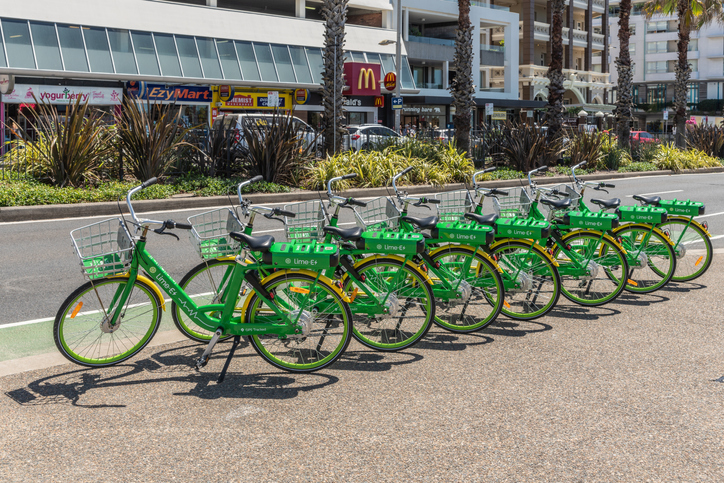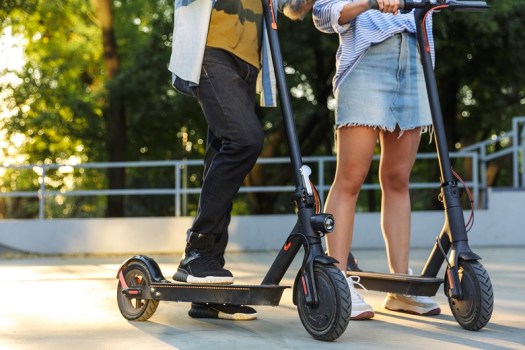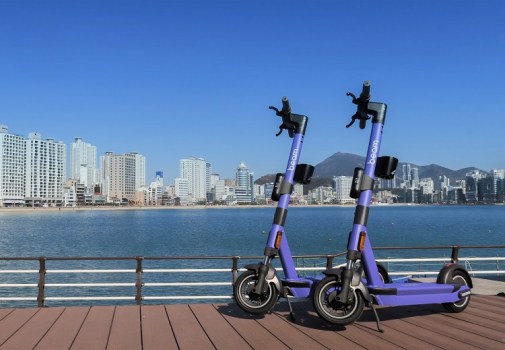
A shift to electric cars will need to be accompanied by a transition to e-bikes and other personal electric vehicles to achieve emission reduction targets, a micromobility conference will hear.

Micromobility advocate and investor Oliver Bruce, a champion of personal electric vehicles, will argue that the move to electric cars alone isn’t enough to curb vehicle emissions within timeframes set by governments around the world, or solve congestion on the roads.
He says the e-bike and light electric vehicle industry is the only sector with all the technology and systems in place now to deliver immediate solutions.
Mr Bruce will share his expertise on sustainable transport at Australia’s first Micromobility Conference & Expo in Sydney later this month.
Helping achieve emissions goals

The conference will bring together leading players in the micromobility sector to showcase their latest vehicles, technology and programs.
The conference, partnered by the NSW government, will see entrepreneurs, academics, government officials and transport and safety gather to discuss how to reap the benefits of micromobility.
Mr Bruce says governments in many parts of the world are turning to micromobility to achieve their emissions goals, as manufacturing and infrastructure constraints slow the automotive industry’s transition to electric vehicles.
He says rapidly advancing e-mobility technology is positioning e-bikes, e-cargo bikes, e-scooters and light electric vehicles as viable alternatives for personal and freight transportation.
Jules Flynn, COO of e-bike startup Zoomo, will also speak at the Micromobility Conference about how e-cargo bikes are transforming fleet management and delivery services, while reducing CO2 emissions by up to 75 per cent.
Other topic being presented at the conference include:
● new e-scooter technology that detects different path surfaces and obstacles and automatically limits the scooter’s speed accordingly, to improve the safety of riders and other path users
● new data collection and evaluation tools to better plan the implementation of active transport infrastructure and increase rider safety
● a study of the UK Healthy Streets approach and how it is being applied in Australia
● how cities around the world are collaborating proactively with e-bike and e-scooter share service providers to achieve mutual benefit.
● new apps helping riders find the safest or easiest routes to their destinations and inspiring them to travel by micromobility
● new parking and docking solutions for e-bikes and e-scooters
● measures to make commuting to school safer for students and their parents
The Micromobility Conference & Expo will be held at Royal Randwick Racecourse on November 25-26.
Comment below to have your say on this story.
If you have a news story or tip-off, get in touch at editorial@governmentnews.com.au.
Sign up to the Government News newsletter


One can only hope that federal, State and Local governments will commit serious funding to the construction of path infrastructure for all forms of “E” mobility. In addition, it is imperative that any hire assets are given are coupled with docking infrastructure like that which exists in London and Singapore. It is most unsatisfactory to see hire bikes lying around all over the Sydney CBD with some broken beyond repair. Far too many bike hire licences have been issued – state govt and local councils should take ownership of the entire situation.